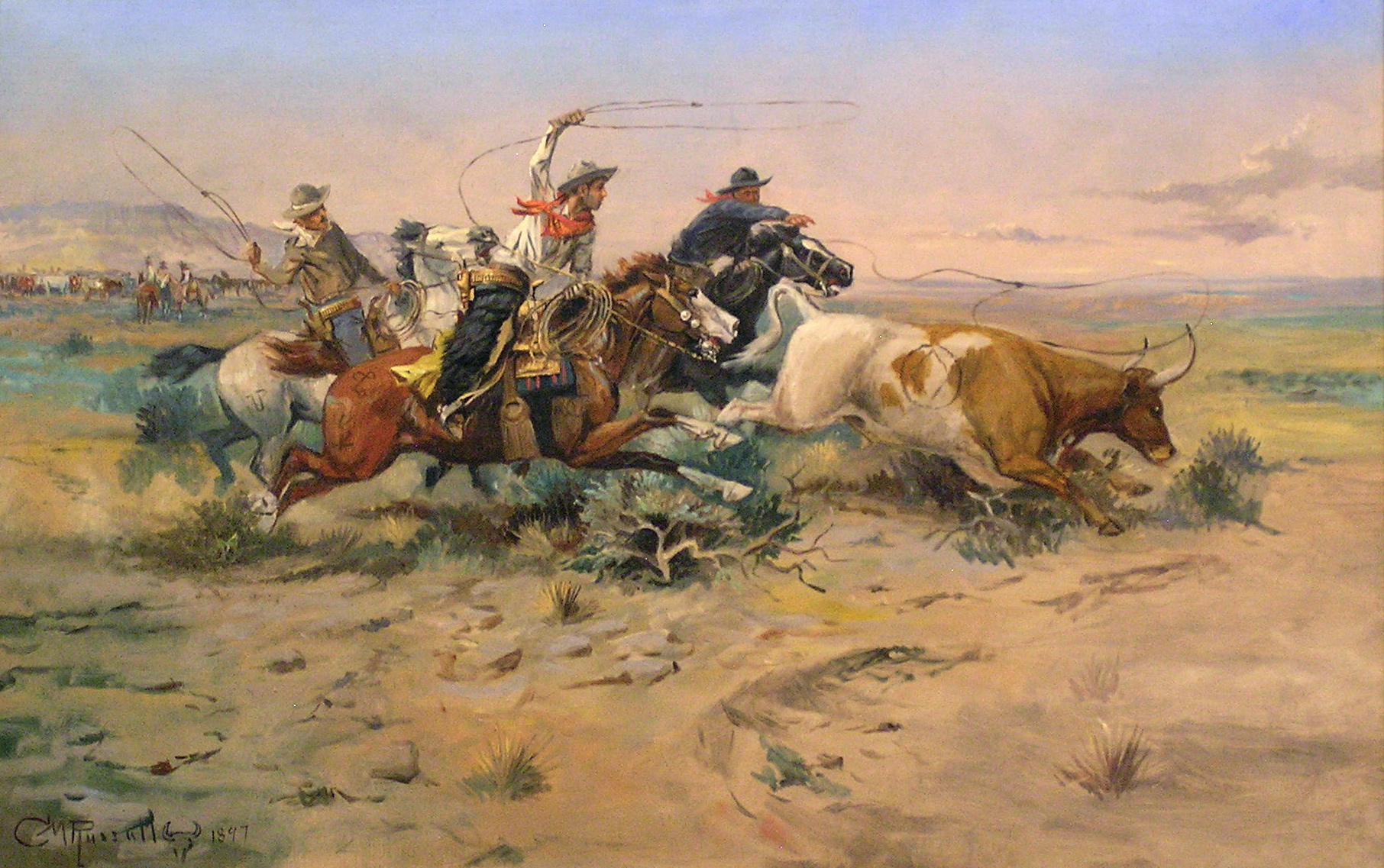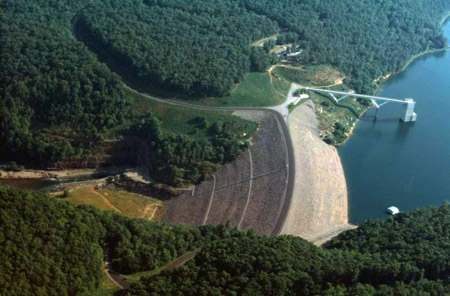|
Hebgen Dam
Hebgen Dam is a concrete-core earthen embankment dam in the western United States, located on the Madison River in southwestern Montana. The dam is tall and in length; its purpose is to store and regulate water for other downstream reservoirs and hydroelectric power plants. Montana Power Company originally built the dam, PPL Corporation purchased it in 1997 and sold it to NorthWestern Corporation in 2014. History Hebgen Dam was built across the Madison River in 1914 by Montana Power Company to create Hebgen Lake. During the 7.5 magnitude 1959 Hebgen Lake earthquake in mid-August, the dam was damaged, primarily due to intense ground movement that led to water surging over the dam crest four different times. It was repaired several weeks later. The epicenter of the quake was determined to be beneath the bottom of Hebgen Lake. Seismologists reported it to be the fourth largest quake recorded in the United States up to that time. [...More Info...] [...Related Items...] OR: [Wikipedia] [Google] [Baidu] |
Madison River
The Madison River is a headwater tributary of the Missouri River, approximately long, in Wyoming and Montana. Its confluence with the Jefferson and Gallatin rivers near Three Forks, Montana forms the Missouri River. Course The Madison River begins in Teton County, Wyoming at the confluence of the Firehole and Gibbon rivers in Yellowstone National Park, a location known as Madison Junction. It flows west out of the park and into Montana, turning north through the Rocky Mountains of southwestern Montana to join the Jefferson and Gallatin rivers at Three Forks. The Missouri River Headwaters State Park lies at this confluence. Dams and Lakes In its upper reaches in Gallatin County, Montana, the Hebgen Dam forms Hebgen Lake. Downstream of Hebgen Dam, the 1959 Hebgen Lake earthquake led to the formation of Quake Lake, a naturally dammed body of water that remains part of the river’s hydrology. In its middle course, the Madison Dam in Madison County, Montana creat ... [...More Info...] [...Related Items...] OR: [Wikipedia] [Google] [Baidu] |
Power Plant
A power station, also referred to as a power plant and sometimes generating station or generating plant, is an industrial facility for the electricity generation, generation of electric power. Power stations are generally connected to an electrical grid. Many power stations contain one or more Electric generator, generators, rotating machine that converts mechanical power into three-phase electric power. The relative motion between a magnetic field and a Electrical conductor, conductor creates an electric current. The energy source harnessed to turn the generator varies widely. Most power stations in the world burn fossil fuels such as coal, petroleum, oil, and natural gas to generate electricity. Low-carbon power sources include nuclear power, and use of renewable energy, renewables such as solar power, solar, wind power, wind, geothermal power, geothermal, and hydroelectricity, hydroelectric. History In early 1871 Belgian inventor Zénobe Gramme invented a generator powerfu ... [...More Info...] [...Related Items...] OR: [Wikipedia] [Google] [Baidu] |
Buildings And Structures In Gallatin County, Montana
A building or edifice is an enclosed structure with a roof, walls and windows, usually standing permanently in one place, such as a house or factory. Buildings come in a variety of sizes, shapes, and functions, and have been adapted throughout history for numerous factors, from building materials available, to weather conditions, land prices, ground conditions, specific uses, prestige, and aesthetic reasons. To better understand the concept, see ''Nonbuilding structure'' for contrast. Buildings serve several societal needs – occupancy, primarily as shelter from weather, security, living space, privacy, to store belongings, and to comfortably live and work. A building as a shelter represents a physical separation of the human habitat (a place of comfort and safety) from the ''outside'' (a place that may be harsh and harmful at times). buildings have been objects or canvasses of much artistic expression. In recent years, interest in sustainable planning and building practi ... [...More Info...] [...Related Items...] OR: [Wikipedia] [Google] [Baidu] |
Dams In Montana
A dam is a barrier that stops or restricts the flow of surface water or underground streams. Reservoirs created by dams not only suppress floods but also provide water for activities such as irrigation, human consumption, industrial use, aquaculture, and navigability. Hydropower is often used in conjunction with dams to generate electricity. A dam can also be used to collect or store water which can be evenly distributed between locations. Dams generally serve the primary purpose of retaining water, while other structures such as floodgates or levees (also known as dikes) are used to manage or prevent water flow into specific land regions. The word ''dam'' can be traced back to Middle English, and before that, from Middle Dutch, as seen in the names of many old cities, such as Amsterdam and Rotterdam. Ancient dams were built in Mesopotamia and the Middle East for water control. The earliest known dam is the Jawa Dam in Jordan, dating to 3,000 BC. Egyptians also built dams, ... [...More Info...] [...Related Items...] OR: [Wikipedia] [Google] [Baidu] |
1959 Hebgen Lake Earthquake
The 1959 Hebgen Lake earthquake (also known as the 1959 Yellowstone earthquake) occurred in the western United States on August 17 at 11:37 pm ( MST) in southwestern Montana. The earthquake measured 7.2 on the moment magnitude scale, caused a huge landslide, resulted in over 28 fatalities and left $11 million (equivalent to $ million in ) in damage. The slide blocked the flow of the Madison River, resulting in the creation of Quake Lake. Significant effects of the earthquake were also felt in nearby Idaho and Wyoming, and lesser effects as far away as Puerto Rico and Hawaii. The 1959 quake was the strongest and deadliest earthquake to hit Montana, the second being the 1935–36 Helena earthquakes that left four people dead. It also caused the worst landslides in the northwestern United States since 1927. Earthquake The earthquake occurred at 11:37 p.m. (MST) with a magnitude of 7.2 . The U.S. Weather Bureau reported that the quake lasted 30–40 seconds. During t ... [...More Info...] [...Related Items...] OR: [Wikipedia] [Google] [Baidu] |
PPL Corporation
PPL Corporation is an energy company headquartered in Allentown, Pennsylvania in the Lehigh Valley region of eastern Pennsylvania. The company is publicly traded on the New York Stock Exchange as and is part of the S&P 500. As of 2022, the company had $7.9 billion in revenue, 6,500 employees, over $37 billion in assets, and serves 3.6 million customers. History 20th century PPL Corporation was founded as Pennsylvania Power & Light in 1920, the product of a merger of eight smaller Pennsylvania-based utility companies. It gradually extended its service territory to a crescent-shaped region of central and Northeastern Pennsylvania, stretching from Lancaster in central Pennsylvania through the Lehigh Valley in eastern Pennsylvania, and Scranton, and Wilkes-Barre in Northeastern Pennsylvania. In 1995, the company reorganized as a holding company. PP&L Resources was renamed PPL Corporation in 2000. The company limited its operations to Pennsylvania until deregulation of electrica ... [...More Info...] [...Related Items...] OR: [Wikipedia] [Google] [Baidu] |
Montana Power Company
The Montana Power Company (MPC) was an electric utility company based in Butte, Montana, which provided electricity to Montana consumers and industry from 1912 to 1997. History The Montana Power Company was founded in 1912 by John D. Ryan, then president of Anaconda Copper Mining Company, as a consolidation of several hydroelectric plants in Montana.Montana Power Co.: GENERATIONS OF POWER: History of Montana Power Co. , ''The Missoulan'' (2001) In the 1960s there was a split, culminating in Anaconda Co. resisting an MPC rate hike. In 1959 MPC bought coal mining rights at , with plans to develop coal-fired electrical gener ... [...More Info...] [...Related Items...] OR: [Wikipedia] [Google] [Baidu] |
Hydroelectric
Hydroelectricity, or hydroelectric power, is Electricity generation, electricity generated from hydropower (water power). Hydropower supplies 15% of the world's electricity, almost 4,210 TWh in 2023, which is more than all other Renewable energy, renewable sources combined and also more than nuclear power. Hydropower can provide large amounts of Low-carbon power, low-carbon electricity on demand, making it a key element for creating secure and clean electricity supply systems. A hydroelectric power station that has a dam and reservoir is a flexible source, since the amount of electricity produced can be increased or decreased in seconds or minutes in response to varying electricity demand. Once a hydroelectric complex is constructed, it produces no direct waste, and almost always emits considerably less greenhouse gas than fossil fuel-powered energy plants. [...More Info...] [...Related Items...] OR: [Wikipedia] [Google] [Baidu] |
Gallatin County, Montana
Gallatin County is a county located in the U.S. state of Montana. With its county seat in Bozeman, it is the second-most populous county in Montana, with a population of 118,960 in the 2020 Census. The county's prominent geographical features are the Bridger mountains in the north, and the Gallatin mountains and Gallatin River in the south, named by Meriwether Lewis in 1805 for Albert Gallatin, the United States Treasury Secretary who formulated the Lewis and Clark Expedition. At the southern end of the county, West Yellowstone's entrance into Yellowstone National Park accounts for around half of all park visitors. Big Sky Resort, one of the largest ski resorts in the United States, lies in Gallatin and neighboring Madison counties, midway between Bozeman and West Yellowstone. History During the territorial era, a small patch of land known as " Lost Dakota" existed as a remote exclave of Dakota Territory until it was transferred to Gallatin County, Montana Territory ... [...More Info...] [...Related Items...] OR: [Wikipedia] [Google] [Baidu] |
Western United States
The Western United States (also called the American West, the Western States, the Far West, the Western territories, and the West) is List of regions of the United States, census regions United States Census Bureau. As American settlement in the U.S. Manifest destiny, expanded westward, the meaning of the term ''the West'' changed. Before around 1800, the crest of the Appalachian Mountains was seen as the American frontier, western frontier. The frontier moved westward and eventually the lands west of the Mississippi River were considered ''the West''. The U.S. Census Bureau's definition of the 13 westernmost states includes the Rocky Mountains and the Great Basin to the West Coast of the United States, Pacific Coast, and the mid-Pacific islands state, Hawaii. To the east of the Western United States is the Midwestern United States and the Southern United States, with Canada to the north and Mexico to the south. The West contains several major biomes, including arid and Sem ... [...More Info...] [...Related Items...] OR: [Wikipedia] [Google] [Baidu] |
Embankment Dam
An embankment dam is a large artificial dam. It is typically created by the placement and compaction of a complex semi-plastic mound of various compositions of soil or rock. It has a semi-pervious waterproof natural covering for its surface and a dense, impervious core. This makes the dam impervious to surface or seepage erosion. Such a dam is composed of fragmented independent material particles. The friction and interaction of particles binds the particles together into a stable mass rather than by the use of a cementing substance. Types Embankment dams come in two types: the earth-filled dam (also called an earthen dam or terrain dam) made of compacted earth, and the rock-filled dam. A cross-section of an embankment dam shows a shape like a bank, or hill. Most have a central section or core composed of an impermeable material to stop water from seeping through the dam. The core can be of clay, concrete, or asphalt concrete. This type of dam is a good choice for site ... [...More Info...] [...Related Items...] OR: [Wikipedia] [Google] [Baidu] |






